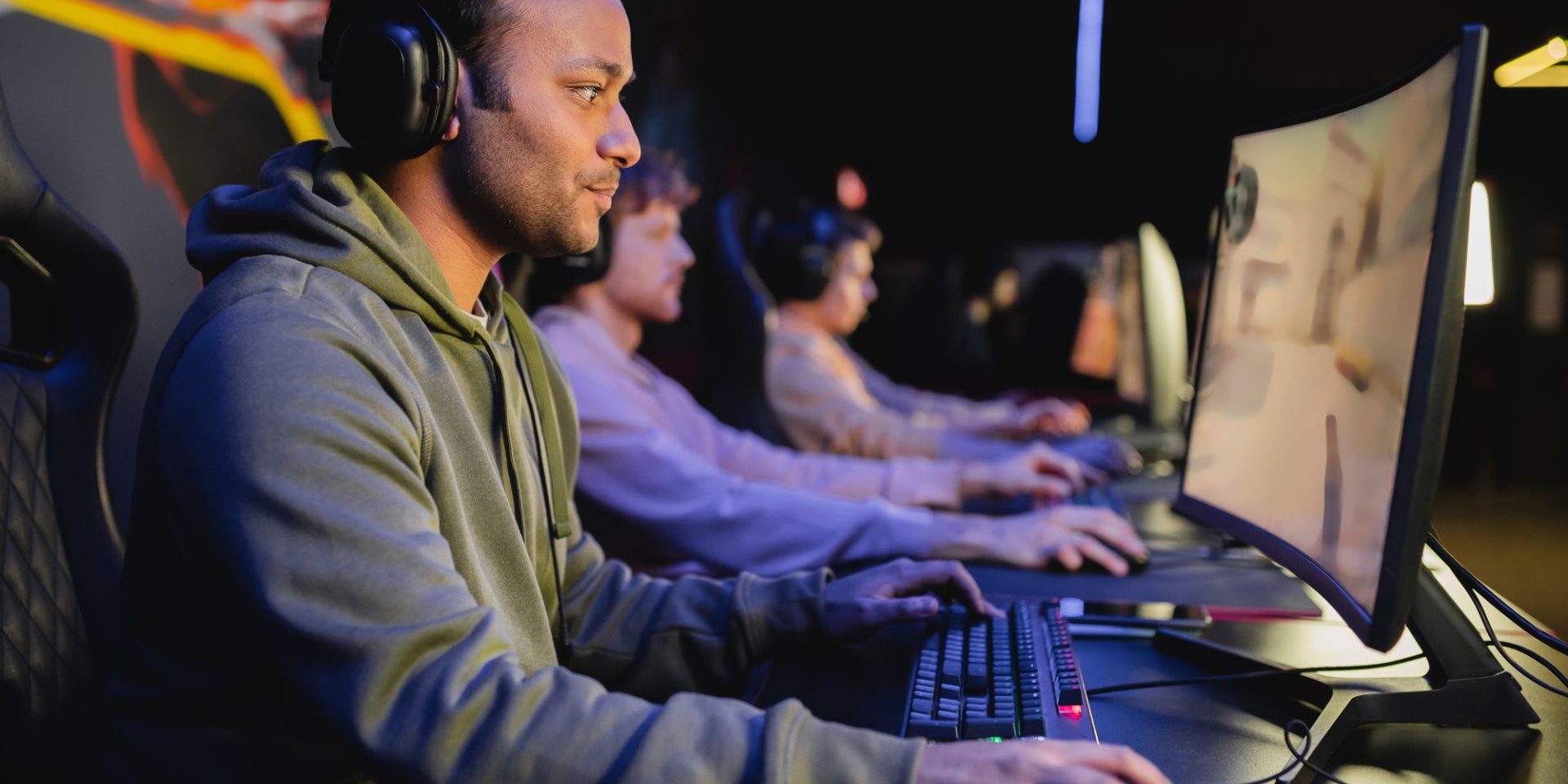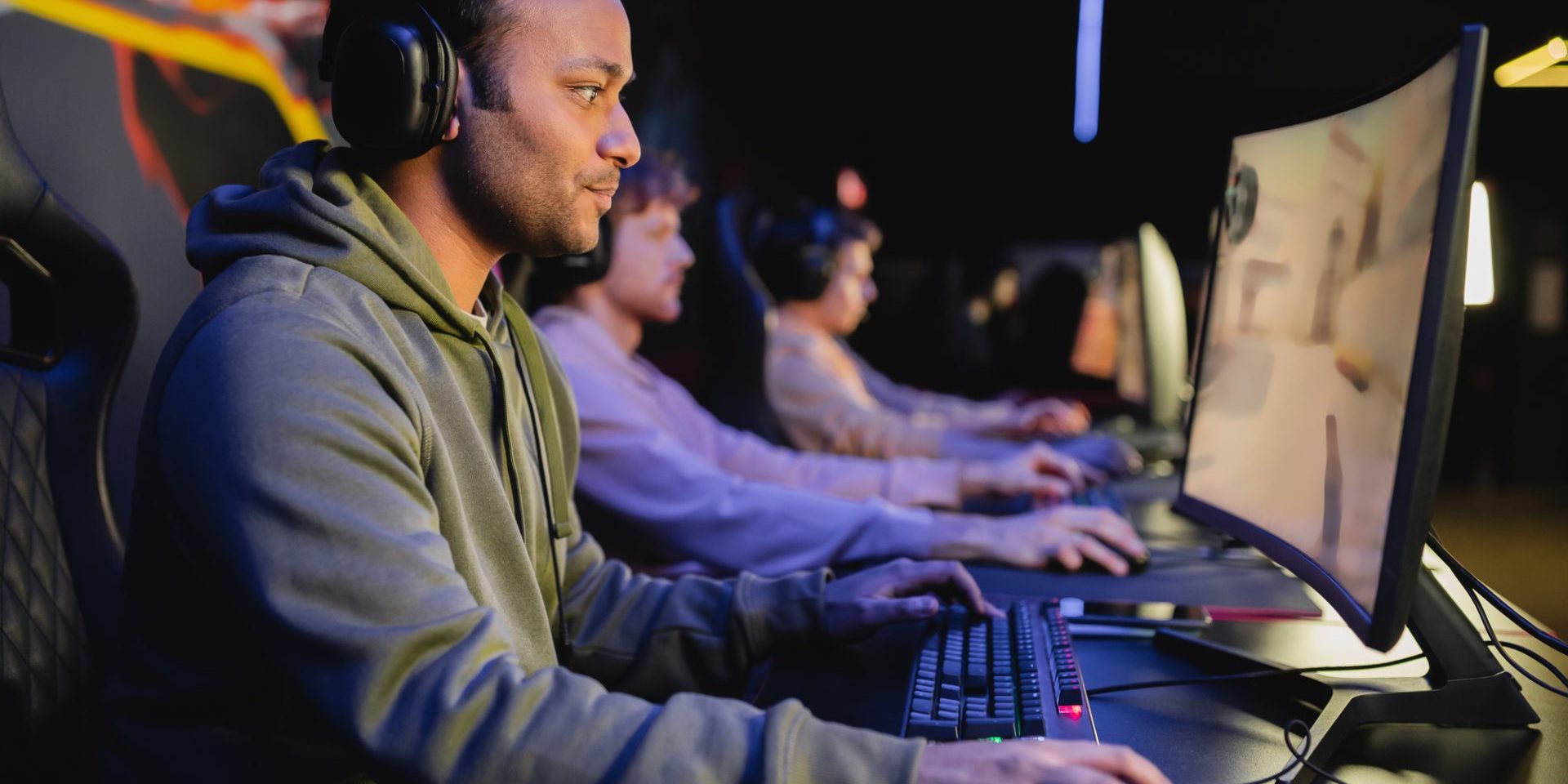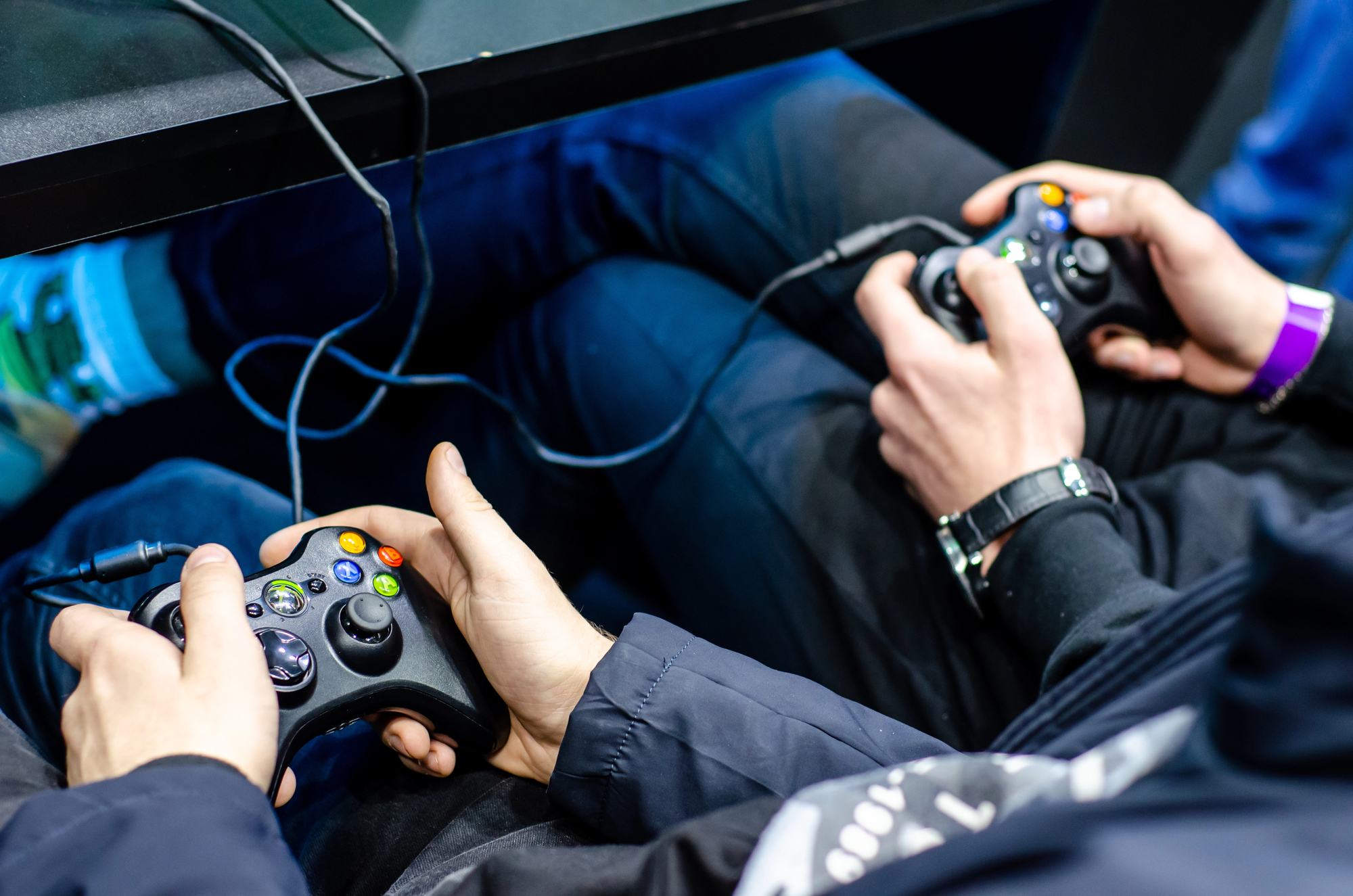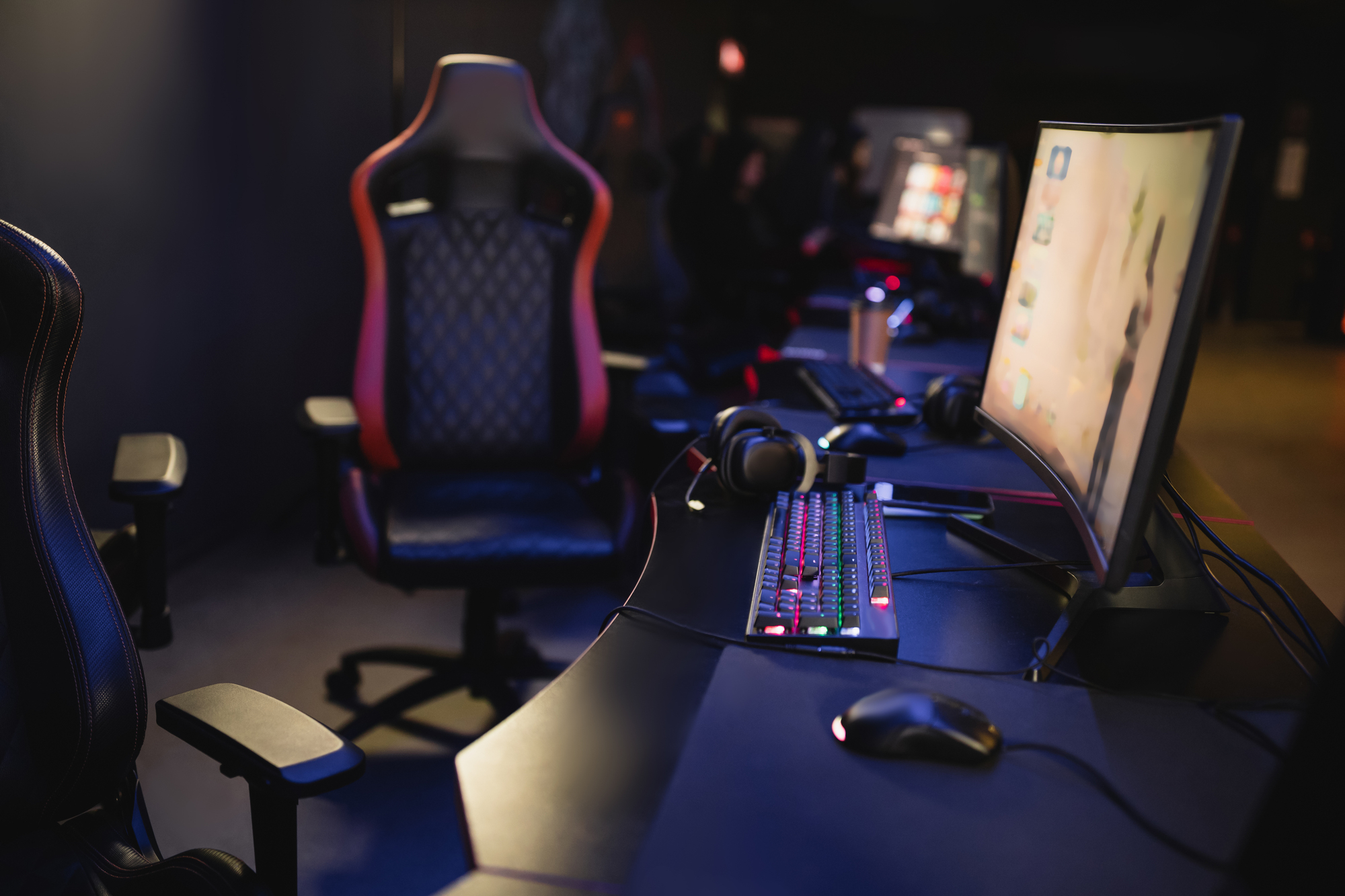Leadership in gaming is a crucial element for success in the rapidly evolving industry. Effective leaders guide their teams through complex projects, fostering creativity and innovation. Strong leadership skills are essential for building cohesive teams that can deliver high-quality games on time and within budget.
Building strong teams in the gaming industry requires a clear vision and effective communication. Leaders must articulate their goals and expectations to team members, creating an environment where diverse talents can thrive. This involves assembling individuals with complementary skills and fostering collaboration across disciplines.
Successful gaming leaders possess a mix of technical knowledge and soft skills. They understand game development processes and can make strategic decisions while also motivating their teams and managing interpersonal dynamics. These leaders stay adaptable, ready to pivot strategies as market trends and player preferences shift.
Fundamentals of Gaming Leadership
Effective gaming leadership requires a blend of industry knowledge, interpersonal skills, and strategic thinking. Leaders in gaming must adapt to rapidly changing environments while fostering teamwork and driving innovation.
Understanding the Field of Gaming
Gaming is a dynamic industry that encompasses various genres, platforms, and player demographics. Leaders need a deep understanding of game mechanics, player preferences, and market trends. They should stay updated on technological advancements like AI and virtual reality that shape gameplay experiences. Knowledge of game development processes, from concept to launch, is crucial for guiding teams effectively. Gaming leaders must also grasp the competitive landscape, including popular titles, emerging studios, and industry events.
Key Leadership Skills in Gaming
Strong communication tops the list of essential leadership skills in gaming. Leaders must articulate vision clearly and provide constructive feedback. Strategic thinking allows for long-term planning and quick adaptation to market shifts. Problem-solving skills are vital for addressing technical issues and creative challenges. Emotional intelligence helps in managing diverse teams and understanding player needs. Decision-making under pressure is critical, especially during live events or product launches. Creativity fuels innovation in gameplay, storytelling, and team management approaches.
The Role of a Leader in Gaming Team Dynamics
Gaming leaders play a pivotal role in shaping team dynamics. They foster a collaborative environment where creativity thrives and ideas flow freely. Building trust is essential, as it encourages risk-taking and innovation. Leaders facilitate teamwork by assigning roles that match individual strengths and promoting cross-functional cooperation. They must balance creative freedom with project deadlines and quality standards. Providing regular feedback helps team members grow and align with project goals. Gaming leaders also serve as a bridge between developers, publishers, and players, translating market demands into actionable strategies for their teams.
Developing and Managing Talented Teams
Building strong teams in the gaming industry requires a strategic approach to talent acquisition, skill development, and fostering innovation. Leaders must focus on attracting top talent, nurturing their growth, and creating an environment that encourages collaboration and creativity.
Strategies for Talent Acquisition
Gaming companies need to implement effective strategies to attract and retain top talent. Networking at industry events and conferences can help identify potential candidates. Job postings should highlight exciting projects and opportunities for growth to appeal to passionate gamers and developers.
Referral programs can tap into employees’ networks to find qualified candidates. Internship programs allow companies to assess potential hires while providing valuable experience to students.
Recruiters should look beyond technical skills and consider candidates’ passion for gaming, creativity, and ability to work in teams. Cultural fit is crucial for long-term success and retention.
Continuous Learning and Skill Development
The gaming industry evolves rapidly, making ongoing skill development essential. Companies should provide regular training sessions on new technologies, game design trends, and project management methodologies.
Mentorship programs pair experienced team members with newer employees to share knowledge and accelerate growth. Encouraging attendance at workshops and conferences keeps the team updated on industry advancements.
Cross-training allows team members to expand their skill sets and gain a broader understanding of the development process. This flexibility can improve collaboration and problem-solving across departments.
Setting aside time for personal projects or game jams can spark creativity and innovation while building new skills.
Creating an Environment of Collaboration and Innovation
A collaborative work environment fosters creativity and drives innovation in game development. Open office layouts and dedicated spaces for brainstorming sessions encourage spontaneous idea sharing.
Regular team-building activities strengthen relationships and improve communication. This can include game nights, hackathons, or off-site retreats.
Implementing agile methodologies promotes frequent communication and adaptability throughout the development process. Daily stand-ups and sprint reviews keep everyone aligned and allow for quick adjustments.
Encouraging experimentation and accepting failure as part of the creative process empowers team members to take risks and push boundaries. Recognize and reward innovative ideas to motivate continued creativity.
Strategic Planning and Execution in Gaming Projects
Strategic planning and execution form the backbone of successful gaming projects. These processes involve crafting a creative vision, communicating effectively, and managing resources wisely.
Building and Sustaining a Creative Vision
A strong creative vision guides game development from concept to completion. Leaders must articulate a clear direction for the game’s aesthetics, mechanics, and story. This vision serves as a North Star, helping teams make decisions throughout the project.
Successful leaders encourage innovation while keeping the project aligned with its core concepts. They balance creativity with market demands and technical constraints. Regular vision reviews help adapt to changing circumstances without losing sight of the game’s essence.
Involving team members in vision refinement fosters ownership and engagement. This collaborative approach often leads to fresh ideas and improved execution.
Effective Communication and Execution of Clear Instructions
Clear communication is vital in gaming projects. Leaders must convey complex ideas to diverse teams, including developers, artists, and marketers. They break down the vision into actionable tasks and milestones.
Regular team meetings keep everyone aligned on goals and progress. Leaders use visual aids, prototypes, and demos to illustrate concepts effectively. They encourage questions and feedback to clarify expectations.
Written documentation supports verbal instructions. Game design documents, style guides, and technical specifications provide reference points for the team. These resources help maintain consistency and reduce misunderstandings.
Budgeting and Resource Management
Efficient resource management is critical for gaming projects. Leaders allocate budgets across different aspects of development, from programming to marketing. They track expenses and adjust allocations as needed.
Time management is equally important. Leaders set realistic deadlines and prioritize tasks to meet project milestones. They anticipate potential bottlenecks and plan accordingly.
Human resources require careful management. Leaders assign tasks based on team members’ strengths and provide training opportunities to fill skill gaps. They balance workloads to prevent burnout and maintain productivity.
Monitoring resource usage throughout the project allows for timely adjustments. Leaders use project management tools to track progress and identify areas needing attention. This proactive approach helps keep the project on schedule and within budget.
Overcoming Challenges and Driving Team Success
Gaming leaders face unique obstacles in building strong teams. Effective strategies focus on resolving conflicts, using technology, and fostering emotional connections among team members.
Conflict Resolution Techniques
Leaders must address disagreements swiftly to maintain team harmony. Open communication channels allow team members to express concerns freely. Regular check-ins help identify issues before they escalate. When conflicts arise, leaders should remain neutral and guide discussions toward productive solutions.
Active listening plays a key role in resolving disputes. Leaders who hear all sides can find common ground and propose fair compromises. Encouraging team members to see different perspectives builds empathy and reduces future conflicts.
Setting clear expectations and roles minimizes misunderstandings that lead to conflicts. Well-defined objectives and responsibilities help team members focus on their tasks rather than competing with each other.
Leveraging Technology and Virtual Environments
Gaming teams often work remotely, making technology essential for collaboration. Video conferencing platforms enable face-to-face interactions, fostering stronger connections among team members. Project management tools help track progress and keep everyone aligned on goals.
Virtual team-building activities like online escape rooms can boost morale and improve problem-solving skills. These shared experiences create bonds that translate to better teamwork during actual gaming projects.
AI-powered tools can enhance team performance by automating routine tasks and providing data-driven insights. This allows team members to focus on creative aspects of game development.
Encouraging Empathy and Emotional Connections
Emotional intelligence is crucial for gaming team leaders. Understanding team members’ motivations and concerns helps create a supportive work environment. Leaders should model empathy in their interactions and encourage team members to do the same.
Regular one-on-one meetings allow leaders to check in on individual team members’ well-being. These conversations build trust and help leaders identify personal or professional challenges affecting team dynamics.
Celebrating team successes, both big and small, fosters a positive atmosphere. Recognition of individual contributions makes team members feel valued and motivates them to continue performing at a high level.












